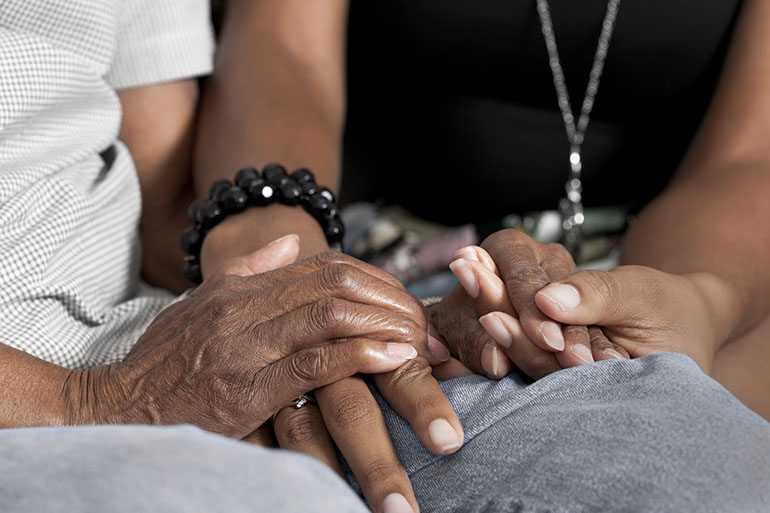Black Americans age 65 and older enjoy shorter active lives than whites do and more of their late years are swallowed up by disabilities and unmet needs, researchers have found.
The disparity is widest for elderly black women, a group that has seen no gains since the early 1980s in either the number of remaining years of active life — meaning old age free of disabilities — or the percentage of remaining life expected to be active, according to a study published Monday in Health Affairs.
Life expectancy rose for both blacks and whites from 1982 to 2011, but the improved quality of those lives after age 65 differed based on race, the researchers concluded after reviewing several years of federal health surveys.
“Active life expectancy tells you not just how long people are living, but how well people are living,” said Vicki Freedman, an author of the study and a research professor at the University of Michigan.
Older whites avoided disabilities until later ages — their life expectancy increased just slightly more than active life expectancy. Black seniors’ extended longevity unfolded with shorter delays in disability. Their gain in survival was twice as large as the increase in survival without disability, according to the study.
In 2011, 65-year-old whites could expect 15 out of their remaining 20 years to be active, Freeman said. Black seniors could only expect 12 of their remaining 18 years to be active.
In 2011, a white man of the same age could anticipate living without disability for 82 percent of his remaining years. But a 65-year-old black woman could only expect 62 percent of her remaining life to be free of disability. From 1982 to 2011, white men showed the biggest improvement in active life expectancy compared with black men, and black or white women, the Health Affairs study reported.
Reasons for this racial disparity in old age are likely rooted in differences that began in youth, the authors said. For example, relative to whites, blacks are more likely to have been in worse health and uninsured earlier in life, and to have higher rates of obesity and cardiovascular risk factors.
For Americans in late years, disabilities curtail even routine activities and open a new phase of unmet needs. That experience arrives earlier for blacks and complicates independent living, researchers found.
They reviewed surveys from 2004 through 2011 that captured increases among older blacks who reported difficulty doing light housework, being unable to do laundry, shopping for groceries without help — even getting in and out of chairs without help.
Researchers also found a “striking” difference in where black and white seniors spend their later years. The share of whites living in nursing homes fell from 7.2 percent in 1982 to 2.9 percent in 2011 as they shifted to community-based care. There was no such change for black seniors.
KHN’s coverage of aging and long-term care issues is supported by The SCAN Foundation.







